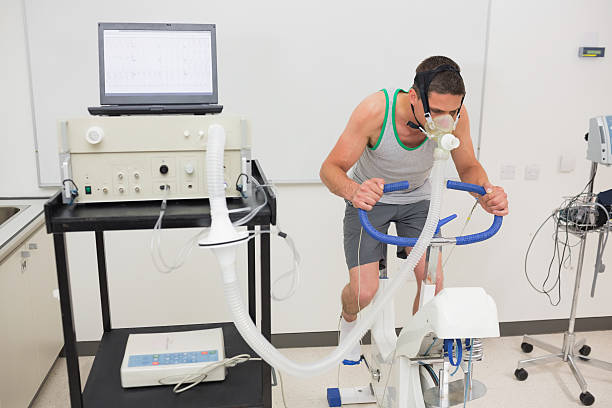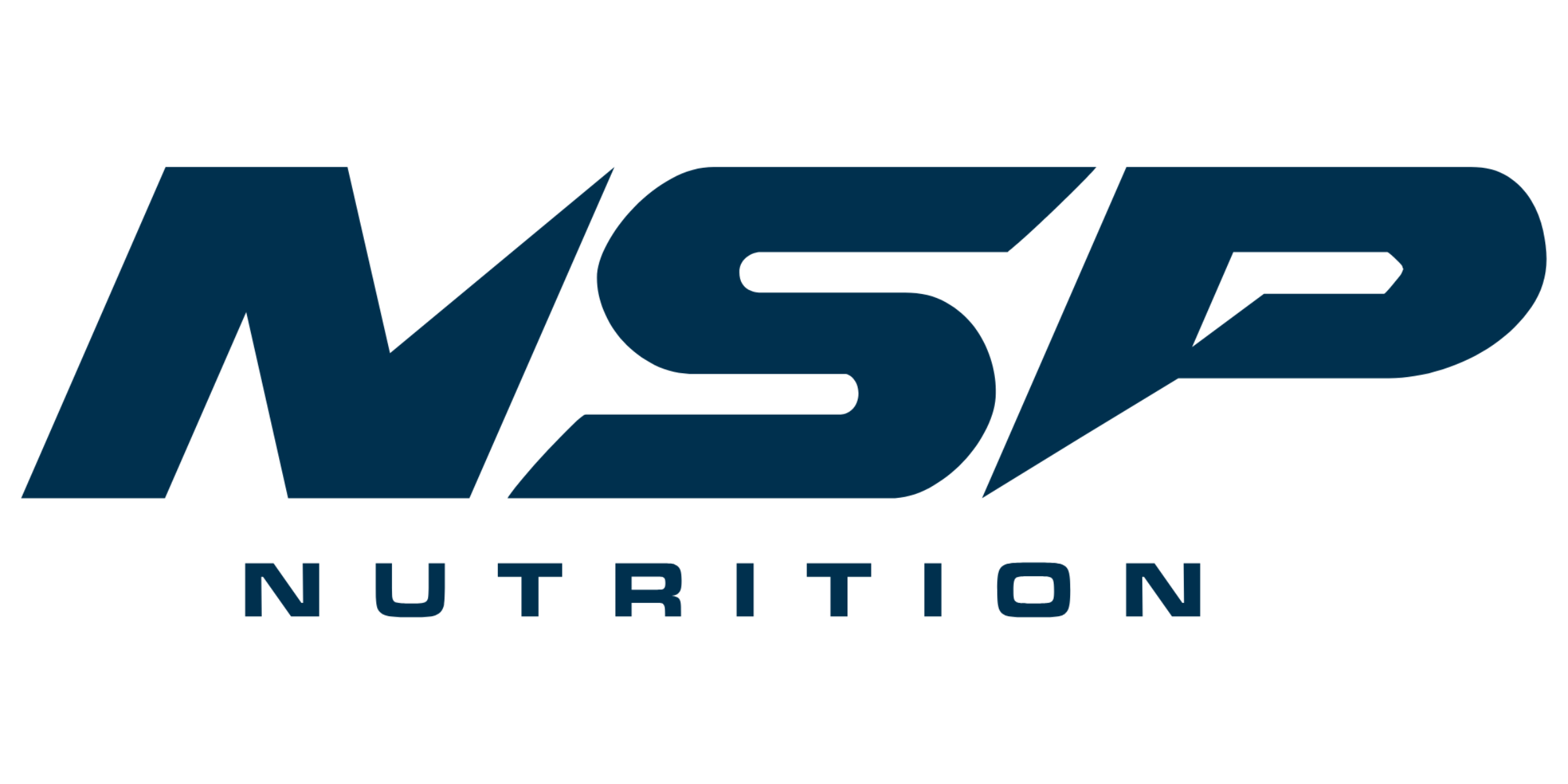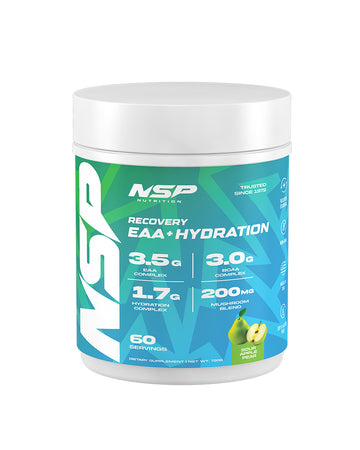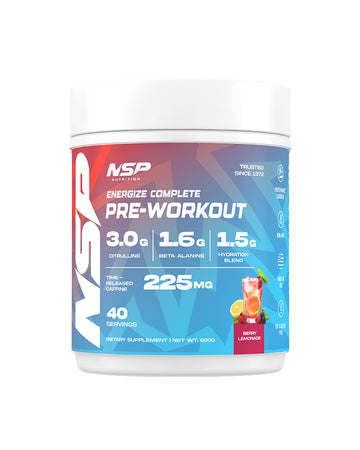
What Does Training to Failure Mean?
Training to failure or technical failure takes the saying: ‘No pain, no gain’ to entirely new levels.
It’s a training method where you’re expected to train or workout until the body part you’re working on gives out, you’re borderline struggling and can't physically complete another rep.
In other words, until the wheels fall off.
So far, training till failure is a highly efficient technique used by experienced lifters to overcome growth stalls and plateaus (most times overused, but we’ll get into that).
Why Muscles Fail
Energy buildup and release requires oxygen. Tiny organelles in your skeletal muscles called mitochondria help produce energy through a process known as oxidation via aerobic respiration.
However, this oxidation process takes a sufficient amount of time and isn’t dependable enough to release large amounts of energy in short time periods.

This is why another form of oxidation or energy production comes in; in the form of anaerobic respiration.
During anaerobic respiration, the muscles of the body bypass the normal oxygen energy production and instead focus on glucose synthesis to release energy.
This usually occurs during high performance activities such as running, working out, swimming, etc.
Now to the question of this section: Why do muscles ‘fail?’
During anaerobic respiration, there is a price to pay.
Glucose synthesis leads to the breakdown, and buildup of a by-product known as lactic acid.
Muscles fail when lactic acid builds up in the muscle and the glucose or energy currency for energy production is spent.
The buildup of lactic acid can cause muscle soreness or DOMS which can take anywhere from a few minutes to several days to flush out and reset.

This is known as an oxygen debt.
In order to flush out the built up lactic acid after the intense exercise or activity levels, the individual will take in more oxygen in order to offset the lactic acid and compensate for the oxygen loss.
This comes in the form of panting, ie; taking in huge amounts of air at a time.
This is why it is also possible to train to failure and still bust out a couple reps 10 minutes later.
Benefits of training to failure

- Involves more muscle fibres for accelerated growth
- Can lead to the release of chemicals and hormones that can impact muscle growth
- Allows you to train hard(er) with lower reps or volume
- Great way to improve stamina
- Good for mental fortitude
Cons of training to failure.
- Can lead to poor or weaker form: The pain that training to failure brings can often make even the pros forget to maintain a proper form. You have to maintain extra diligence to ensure that your form is good else it’s all for nothing.
- Can lead to injury: Poor form, intense workout and depleting energy levels are a recipe for disaster i.e.: painful gym injuries. We’ve all seen painful pictures of torn biceps and pecs floating all over the internet, and these things actually happen more often than you think, especially when you train to failure incorrectly.
- Make you tire out fast: Lifting to failure requires heavier weights, for longer reps. When you do this it takes a lot out of you and makes you tired or even dizzy, depending on your stamina.
- Can hinder muscle growth: Hormones secreted like cortisol may impair muscle growth
- Should only be done by experts: If you’re a beginner, there’s a greater chance of you injuring yourself than getting anything out of training to failure.
Training to failure: The controversy
Now is training to failure a gym myth or does it actually work? There are various studies both in support and against this motion.

Training to failure has no effect whatsoever on fibre recruitment and muscle gain
In a research study involving three hundred eighty-four subjects from 13 studies who were subjected to forms of RT (resistance training) namely training to failure and another group which was training not to failure or RTNF were monitored for signs of muscle growth, the conclusion arrived was this:
‘No difference was found between RTF and RTNF on muscle power considering overall analysis whereas greater improvement was observed in RTNF considering non-equalized RT volumes… Resistance training not to failure may induce comparable or even greater improvements in maximal dynamic strength and power output, whereas no difference between RTF vs. RTNF is observed on muscle hypertrophy, considering equalized RT volumes.’
Resistance exercise-induced increases in putative anabolic hormones do not enhance muscle protein synthesis or intracellular signaling in young men

There are some studies which conclude that contrary to popular belief and research, hormones secreted when you lift to failure like cortisol may not accelerate or improve muscle growth, but rather, inhibit it.
Too many factors involved
Some studies also state that there’s just too many factor involved such as age, genetics, physique, resistance training experience, gender, etc that affect just how much you can get out of training to failure.
In other words, according to them, it means that training to failure may not work for everyone, and some people will be better off doing regular exercises.
Tips for training Till Failure
Take breaks between reps
Slow down. Get some air. Studies show that taking adequate rest periods or breaks anywhere from 2-5 minutes allows your muscles to recharge from fatigue, allowing you to lift heavier weights and do more reps compared to people who don’t rest at all or rest under one minute.

Use the proper form: Make sure you’re using the proper form when you lift to failure. Failure to do so may lead to injury and put you out of commission for a while.
Avoid Ego-lifting
Don’t take on heavier weight just cause. Focus on movement using lighter, but not so light weights. Build your stamina and work your way up.

Conclusion
There are many factors involved, and clearly, training to failure doesn’t work for everyone. But for those people who see results from training to failure, the gains are immense.
Like with many things in today’s world, we hope more research and findings come up that can finally standardize how to get the best out out of technical failure exercises in a safer way that everyone, including beginners can use.
Here are some of our 5-star gym essentials you can use to achieve intense resistance training for maximum gains:
- Stronger, lasting pump Energy booster for added performance
- Natural tasting Reduced recovery time
- Added focus No energy crashes
More chilled feel good. I'm 63 years and have improved overall. Feeling good so far.
(Renata W.)
⭐️⭐️⭐️⭐️⭐️
Recommended: Want to get a bigger chest? Here's how
References
- Martorelli, Saulo, et al. "Strength training with repetitions to failure des not provide additional strength and muscle hypertrophy gains in young women." European journal of translational myology 27.2 (2017).
- West, Daniel WD, et al. "Resistance exercise‐induced increases in putative anabolic hormones do not enhance muscle protein synthesis or intracellular signalling in young men." The Journal of physiology 587.21 (2009): 5239-5247.
- Brooks, George A., et al. "Temperature, skeletal muscle mitochondrial functions, and oxygen debt." American Journal of Physiology-Legacy Content 220.4 (1971): 1053-1059.












































